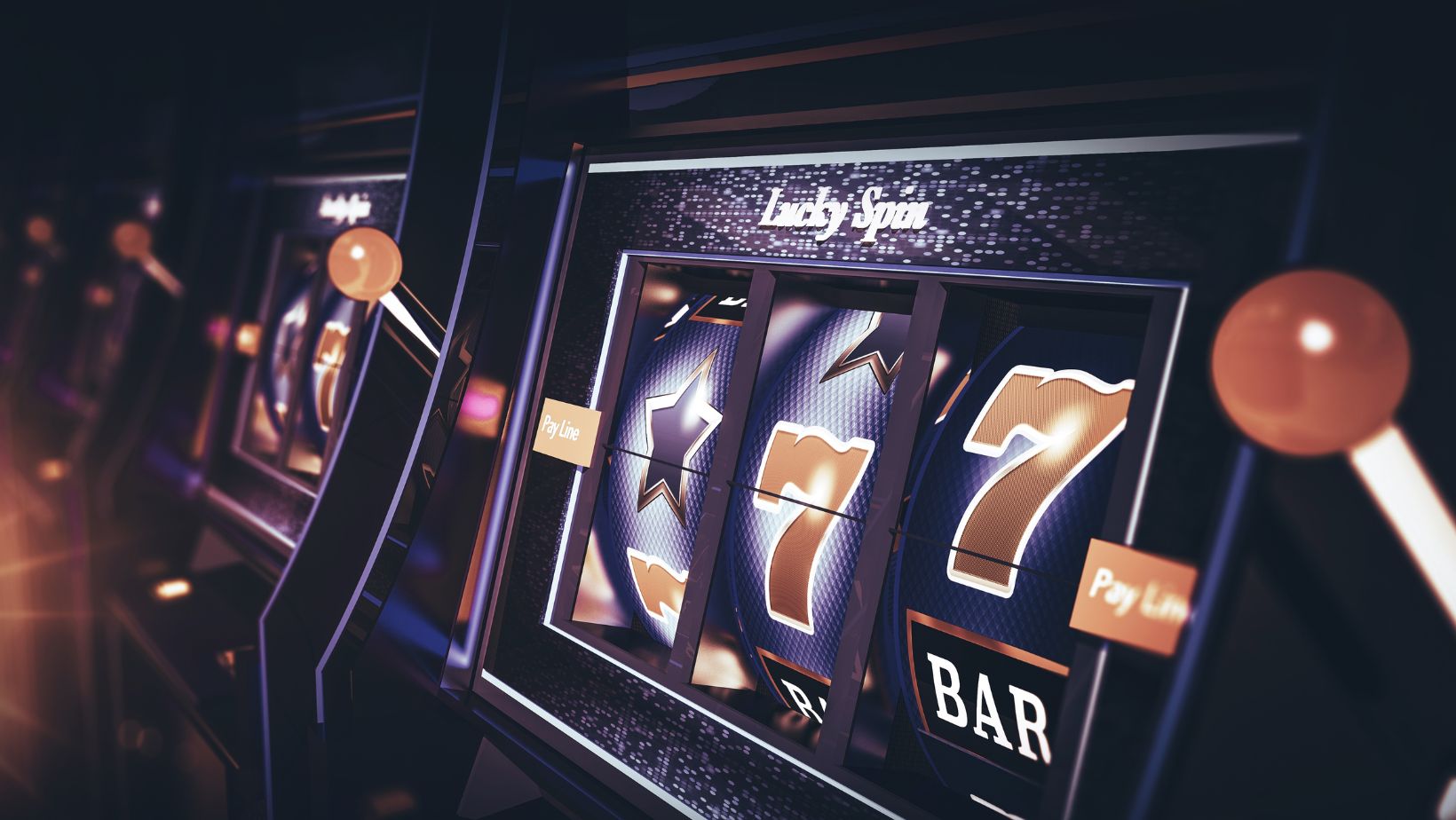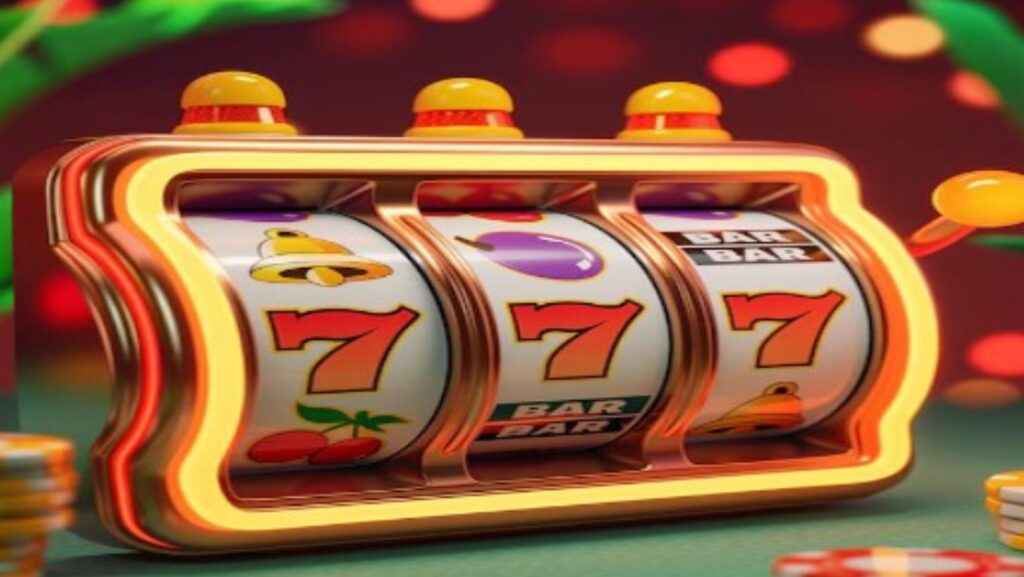Slot games have become a staple of online casinos, offering players a mix of entertainment, excitement, and the potential for big wins. But beneath the flashy visuals and thrilling sound effects, there’s a well-crafted design principle that keeps players coming back for more: pacing. The pacing of a slot game is crucial in maintaining player engagement, ensuring they stay immersed in the gameplay without feeling overwhelmed or bored. This balance between excitement and relaxation is key to the success of modern slot games.
In this article, we’ll explore the science behind slot game pacing and how developers use various techniques to keep players engaged for extended periods. From the rhythm of spins to the anticipation of bonuses, slot games are a carefully designed experience meant to maximize enjoyment.
What is Slot Game Pacing?
Pacing refers to the rate at which the game progresses, how often rewards are given, and the balance between moments of excitement and downtime. In slot games, pacing is influenced by several factors, including the time between spins, the frequency of wins, the complexity of gameplay, and the timing of bonus features. These elements work together to create a rhythm that players find satisfying, encouraging them to keep playing.

A well-paced slot game strikes the perfect balance between offering frequent enough wins to keep players interested while also building up tension for bigger moments like jackpot hits or bonus rounds at alexabet88. If a game is too fast-paced, it may feel overwhelming, leaving players fatigued. On the other hand, if a game is too slow, it risks losing the player’s attention. This delicate dance is where the science of pacing comes into play.
The Role of Random Number Generators (RNG)
Behind every spin in a slot game is a Random Number Generator (RNG). This algorithm ensures that each spin is independent and random, creating fairness for players. While the RNG determines the outcome of a spin, the pacing of the game is designed to keep players engaged despite the randomness. Developers use pacing to make sure players aren’t just mindlessly clicking “spin,” but instead, they are drawn into the experience.
RNGs may govern the results, but developers control how these results are presented to the player. Small wins are often sprinkled throughout the game to provide intermittent reinforcement, a psychological trick that keeps players feeling like they’re progressing, even if the big win hasn’t hit yet. This constant reward system creates a feedback loop that encourages continued play.
The Psychology of Slot Game Pacing
Slot game pacing taps into several psychological principles, most notably the concept of intermittent reinforcement. This idea, derived from behavioral psychology, suggests that people are more motivated to continue a behavior when rewards are given at random intervals rather than at predictable ones. Slot games do this exceptionally well. Wins come at unexpected times, keeping players hooked as they anticipate the next big payout.

Another psychological element in slot game pacing is the use of near-misses. Near misses occur when the outcome is just short of a win, such as two identical symbols lining up with the third one just off. This creates a sense of “almost winning,” which motivates players to spin again, feeling like a win is just around the corner. The game makes losing feel less frustrating and more like a challenge to overcome, leading players to stay engaged longer.
Bonus Features and Breaks in Pacing
Bonus features are often the highlights of slot games, offering players a break from the regular spin cycle. These features, such as free spins or mini-games, provide a spike in excitement and often come with the promise of larger payouts. However, part of their appeal lies in their pacing. Bonuses aren’t triggered too frequently; they need to be rare enough to feel special but not so rare that players lose interest before they hit one.
Conclusion
The pacing of slot games is a delicate balance that requires careful attention to psychology, game design, and player experience. By controlling the rhythm of wins, spins, and bonus features, developers create an immersive experience that keeps players entertained for hours. Whether through the anticipation of a bonus round, the thrill of a near-miss, or the satisfaction of a well-timed win, pacing plays a pivotal role in ensuring slot games remain exciting and engaging.
